June 28 - 29, 2018. Inside the Big Top at the Panacea Museum Gardens, Bedford, United Kingdom
CenSAMM Symposia Series 2018
*We are no longer accepting abstracts for this conference*
The word ‘apocalypse’ originally indicated an ‘unveiling’, and the speaker in the Book of Revelation is a ‘seer’. This is perhaps one of the reasons that this ancient text (and others like it) have generated such a ferment of creative responses in the visual arts – as well as those other non-visual strands of the arts which have their own way of engaging our mind’s eye.
The rich variety of types of artistic unveiling (visual, musical, dramatic, literary) makes an engagement with the creative arts a deeply valuable way of understanding and appreciating the idea of apocalypse, alongside more traditionally academic modes of enquiry.
This conference seeks to explore our relationship to art, its practice, its study and what the arts unveil to us. As artists or as audiences of art we can be profoundly transformed by our encounters with artistic creativity; indeed, we can find ourselves using the language of revelation to describe such encounters, regardless of our individual faith, religion or beliefs. Mark Rothko is quoted as saying, “the people who weep before my pictures are having the same religious experience I had when I painted them.”
We welcome papers in any disciplinary field (including, but not limited to, Religious Studies, the Humanities and Social Sciences, and the creative arts in all their forms) that contribute to understanding and promote discussion and debate on this topic. Approaches may include cross-cultural and inter-religious engagement in art, literature and theology; history and textual exegesis; anthropology, sociology, and cultural studies; political theory or theology etc. Interdisciplinary approaches will be especially welcome.
Abstracts of no more than 300 words should be emailed to simonrobinson@panaceatrust.org no later than April 30, 2018. In the body of your email, please include your name, institution if applicable, contact information, and the title of your abstract.
Accepted abstracts will appear in the conference programme. It is the lead author’s responsibility to ensure his/her abstract is accurate and ready for publication at the time of submission.
Papers should be no longer than 20 minutes in length in order to accommodate questions.
Presentations and subsequent discussions will be livestreamed via the internet and will be digitally archived and made available for future reference.
We encourage the use of accessible language and approaches to communicate concepts and ideas to a broad public audience.
Applications for accommodation and travel cost reimbursements may be considered.
Keynote Speakers:
Natasha O'Hear who is part-time Lecturer in Theology & Visual Art at ITIA, University of St Andrews. Her research interests centre on visualisations of biblical texts, and of Revelation in particular. Having completed a DPhil in this field at Oxford University in 2008, she went on to publish it as a monograph with OUP in 2011 (Contrasting Images of the Book of Revelation in Late Medieval and Early Modern Art: A Case Study in Visual Exegesis [Oxford Theological Monographs]). She also held a lectureship in New Testament Theology at Worcester College, Oxford during this time. Since then she has published, with Anthony O’Hear, Picturing the Apocalypse: The Book of Revelation in the Arts Over Two Millennia (Oxford University Press, 2015).
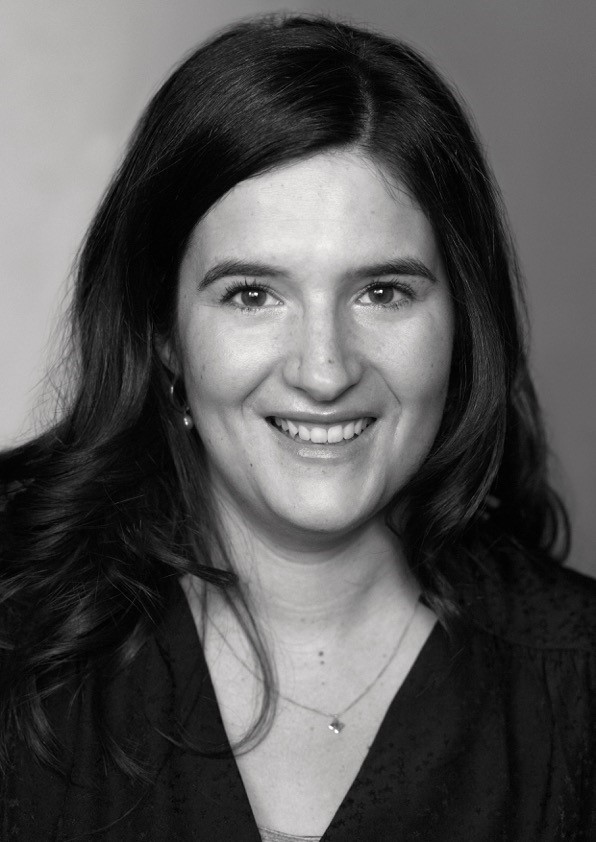
Michelle Fletcher is Research Assistant on The Visual Commentary on Scripture at King’s College London where she is also a Research Fellow. Prior to this she was Associate Lecturer in Religious Studies at the University of Kent. Michelle’s particular research interests include the book of Revelation and visual culture, and her doctoral studies focused on the use of the Hebrew Bible in Revelation. She is the author of Reading Revelation as Pastiche: Imitating the Past (London: Bloomsbury, 2017), and is an editor of Relegere: Studies in Religion and Reception.
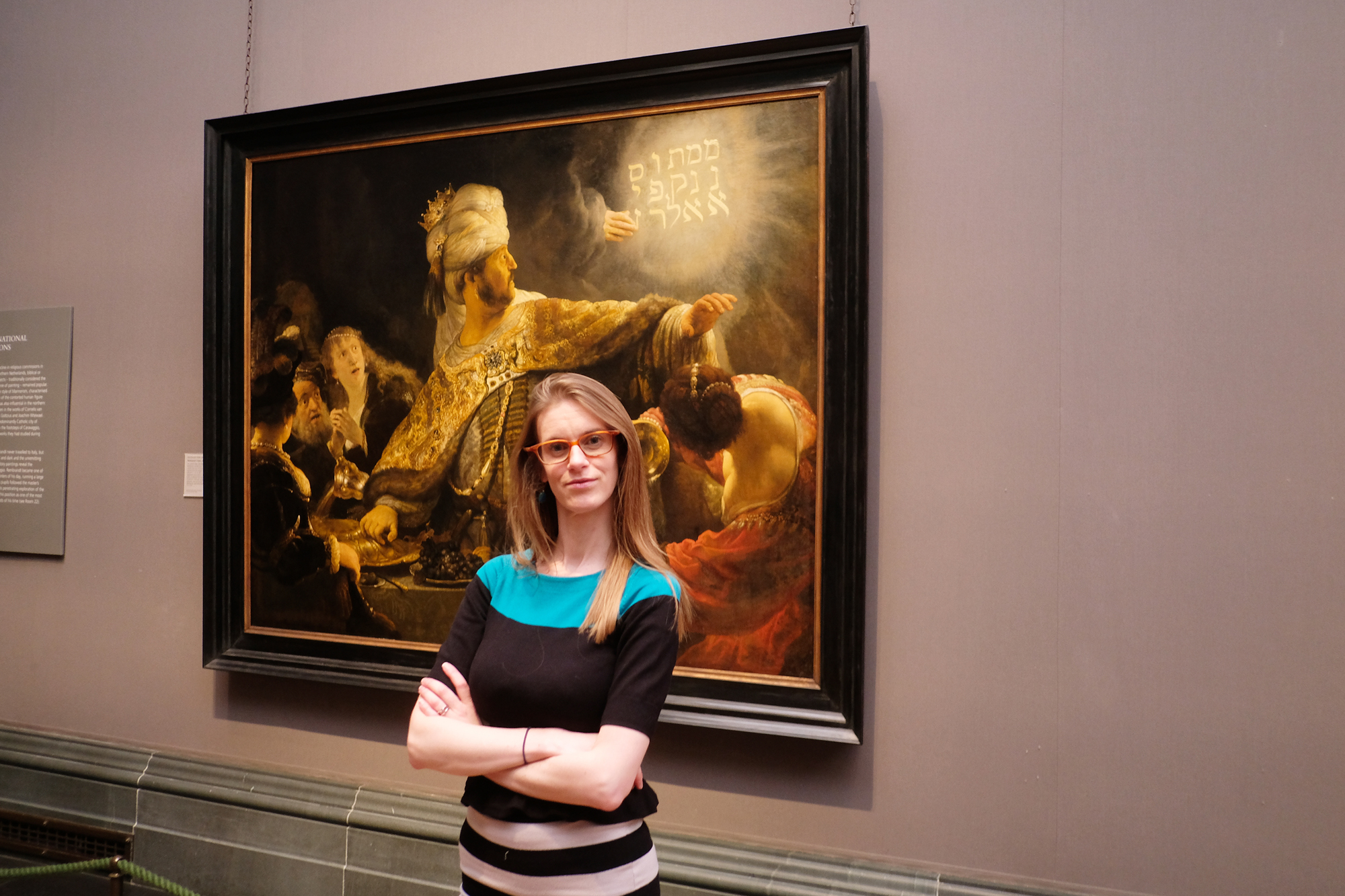
Eleanor Heartney is a Contributing Editor to Art in America and Artpress and has written extensively on contemporary art issues for such other publications as Artnews, Art and Auction, The New Art Examiner, the Washington Post and the New York Times. She received the College Art Association’s Frank Jewett Mather Award for distinction in art criticism in 1992. Her books include: “Critical Condition: American Culture at the Crossroads” 1997, “Postmodernism” 2001 “Postmodern Heretics: The Catholic Imagination in Contemporary Art” 2004 (reissued 2018), "Defending Complexity: Art, Politics and the New World Order", 2006 and “Art and Today”, a survey of contemporary art of the last 25 years from Phaidon, 2008. She is a co-author of “After the Revolution: Women who Transformed Contemporary Art”, 2007, which won the Susan Koppelman Award. Heartney is a past President of AICA-USA, the American section of the International Art Critics Association. In 2008 she was honored by the French government as a Chevalier dans l’Ordre des Arts et des Lettres.
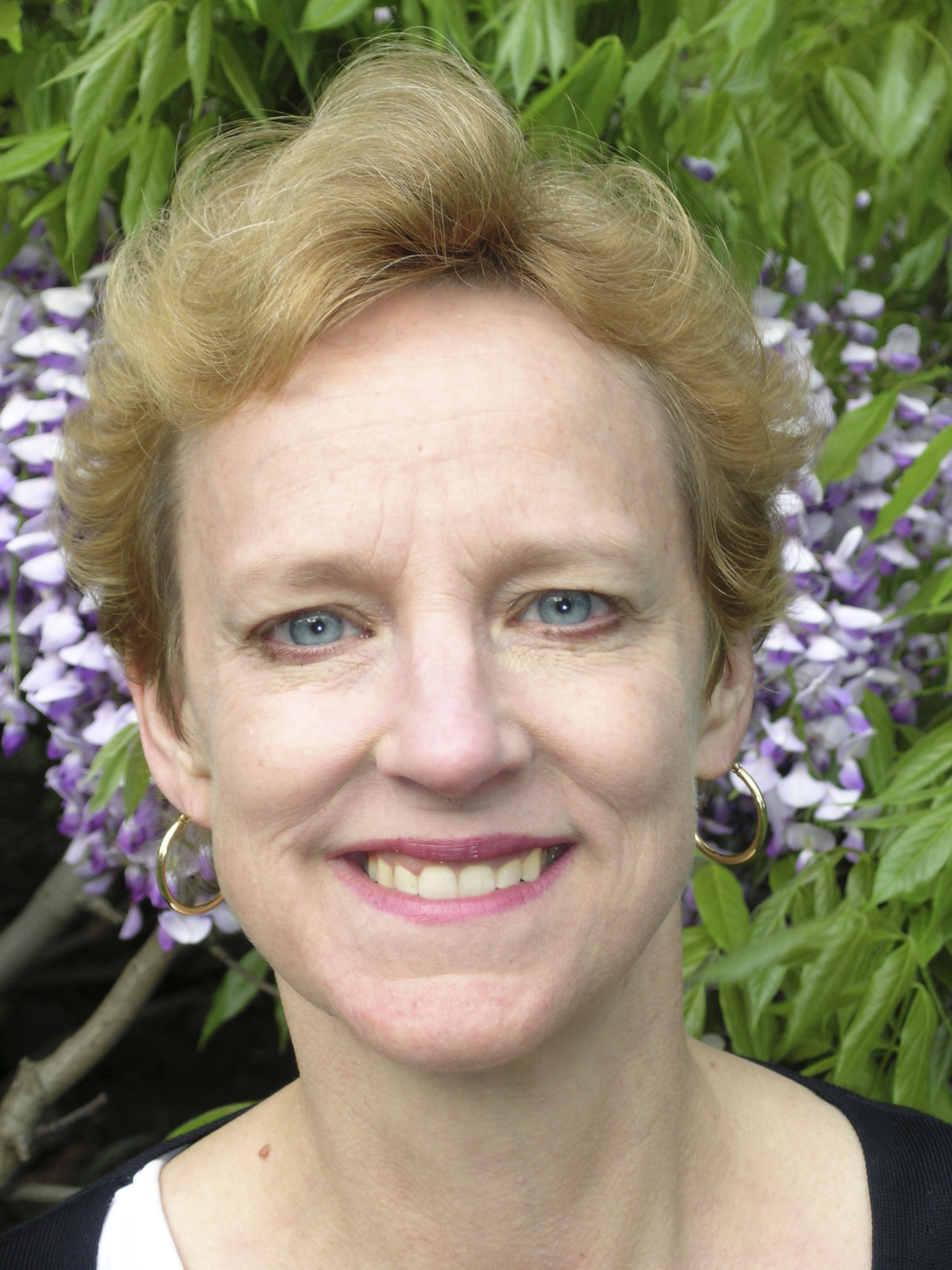
Christopher Rowland who retired in 2014 as Dean Ireland’s Professor of the Exegesis of Holy Scripture at the University of Oxford, after teaching at the Universities of Newcastle upon Tyne and Cambridge. He is the author of numerous books and articles including Radical Christianity and Blake and the Bible.
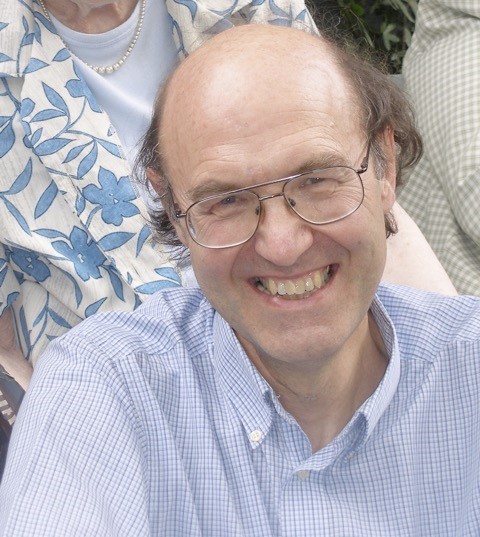
Michael Takeo Magruder is our Artist in Residence for this conference.
He will be installing a new iteration of his exhibition, "De/coding the Apocalypse", in the Panacea Museum. This is a visual art exhibition exploring contemporary creative visions inspired by and based on the Book of Revelation.
Learn more about Michael and the exhibition here
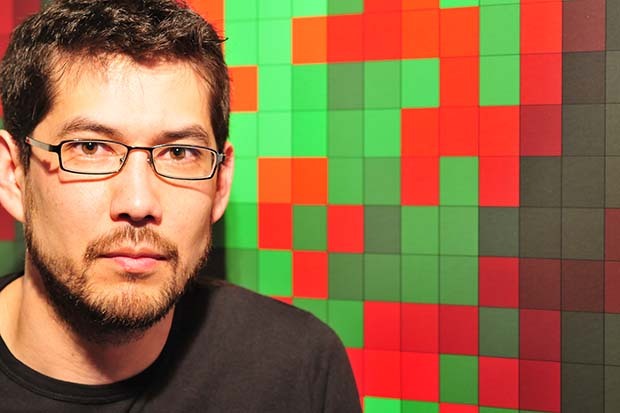
Skull header image:
Michael Takeo Magruder, The Horse as Technology v1.0 (detail of SLS 3D print), part of De/coding the Apocalypse solo exhibition, Somerset House, London, UK, 2014. (photograph by J. Chiellino)
- Thursday June 28th
- Friday June 29
9.00 – 9.30 Registration and coffee.
9.30 – 9.40 Welcome comments.
9.40 – 10.40 Keynote Speaker: Christopher Rowland, Dean Ireland’s Emeritus Professor of the Exegesis of Holy Scripture, University of Oxford.
‘John Saw these things Reveald in Heaven On Patmos Isle’: the Book of Revelation anticipates Blake’s Apocalypse.
The words and images of William Blake (1757-1827) typify the meaning of ‘apocalypse’. Indeed, ‘unveiling’ that which is ‘veiled’, whether in our minds and habits, in Christian doctrine and practice, and political structures and ideology, are at the heart of Blake’s work. Blake never used the word ‘apocalypse’ or ‘apocalyptic, though Samuel Taylor Coleridge used the word of Blake when he described him as an ‘apo-, or rather ana-calyptic Poet, and Painter’. The Book of Revelation, theparadigmatic apocalypse, profoundly influenced Blake’s texts and images. It is no surprise that images from Revelation make their appearance among his images, especially the pictures he painted of biblical scenes. How Blake interpreted the Apocalypse in his art will be the particular concern of this paper, though attention will be given to the wider influence of apocalyptic themes in his thought.
One aim of this conference is to explore what the art unveils to us. That is entirely in tune with what Blake intended in his texts and images. Blake wrote to a client, who wanted an explanation of his images, that this was unnecessary and was a task for the viewer. His role as an artist was to paint that which was ‘not too explicit as the fittest for Instruction, because it rouzes the faculties to act’.
10.40 – 11.00 Coffee break.
11.00 – 11.30 Kip Gresham, Master Printmaker at The Print Studio, Cambridge.
In the shadow of Durer.
I am a printmaker so it’s natural that Durer’s woodcuts figured large in my understanding of the printed mark and the visionary nature of The Revelation.
Back in the late 80’s I made a small portfolio called ‘The Seven Seals’. It was a set of images with calligraphy by my wife Jane. These were a response to, rather than illustrations of, the text.
Some years later Chris Rowland asked me to make illustrations for his Epworth commentary. The illustrations were more figurative and directly referential and were meant to punctuate the commentary. Both groups of works draw on a number of sources.
With hindsight, all this seems somewhat inadequate but perhaps it has a small place in the unravelling of a great mystery.
11.30 – 12.00 Elena Unger, Department of Art and Critical Studies at Goldsmiths University of London.
Desert Time: The Silence at the Heart of Apocalypse.
This paper is framed by the desert, a place which is inextricably bound to its apocalyptic or revelatory temporality. Many who have entered the desert; prophets, mystics and artists alike, have done so seeking communion with time, and perhaps even an experience of how time is revealed to itself. Through a study of Søren Kierkegaard’s notion of repetition, Giorgio Agamben’s notion of Rhythm, Walter Benjamin’s messianic language and the concept of divine simulacra, this essay explores a spatial and linguistic dimension within apocalyptic temporality. Within this dimension, a fragment of the divine is encapsulated and revealed through the work of art. The work of Agnes Martin, a hermetic and visionary painter is explored. Martin expresses the silence and unknowing at the centre of time and of mystical experience. The poet Stephane Mallarme is also considered, with a specific focus on his concepts of the “immortal word” and “Le Livre”, in connection with Walter Benjamin and Gershom Scholem’s divine language. Through mystical experience, the artist is subsumed into an atemporal and apocalyptic dimension within time. The silence at the center of time becomes an access point to the divine, and through that the artist poetizes. What they produce captures in its originary structure the essence of the apocalyptic.
12.00 – 1.00 Lunch.
1.00 – 2.00 Keynote Speaker: Michelle Fletcher, Research Associate on The Visual Commentary on Scripture at King’s College London where she is also a Research Fellow. Author of Reading Revelation as Pastiche: Imitating the Past (London: Bloomsbury, 2017).
Visualising the Apocalypse as a Thing of the Past.
The Apocalypse, the final book of the New Testament, has a reputation as a blueprint for the future and a map of things to come. It has spawned countless time-charts, end-time predictions, and cries that its events are coming, soon! Yet when we look a little closer, a creeping realisation that things are not quite as future-focused as they first seem sets in. D. H. Lawrence felt this, observing that the text’s fabric was imbued with a sense of the already seen: “the best poetry is all the time lifted from Jeremiah, or Ezekiel, or Isaiah, it is not original.” He has a point. The Apocalypse is awash with language and images from books of the Old Testament; indeed, it is by far the most Old Testament-saturated text of the New Testament corpus. However, it never directly quotes any of these past texts, but instead blends, imitates, and combines them into something far more allusive.
How art can enliven our understanding of this past-saturated Apocalypse is the focus of this paper. Artists and artworks will act as our guides as we explore this ancient text, providing new lenses through which to view its dazzling images and destruction-scapes. Our visual memories will be evoked as we delve into the aesthetic inheritance of our chosen objects, and the work of Kazimir Malevich, Umberto Eco, Todd Haynes, and Sergio Leone will all be brought into the fray as we question what effect and affect re-viewing the past in new locations has on audiences, ourselves included. And this in turn will allow us to question what the Apocalypse may have been evoking in ancient audiences when it told of destruction in the near future, in ways that were strangely familiar. Therefore, through art and apocalypse this paper will argue that while the future might seem dark and unavoidable, it is the past the casts the longest shadows.
2.00 – 2.30 Coffee break.
2.30 – 3.00 Jonathan Evens, Associate Vicar, Partnership Development, St Martin-in-the-Fields, London.
A Hard Rain's A-Gonna Fall.
Bob Dylan grew up with the apocalyptic imagery of the Hebrew Scriptures and the cold war experience of hiding under school desks in the era of nuclear threat. When he began composing and performing, he combined this apocalyptic angst with the hobo lifestyle of his hero Woody Guthrie. His songs embody the idea and experience of journeying in the face of the coming apocalypse. In the best of Dylan’s songs we encounter a contemporary Pilgrim, Dante or Rimbaud on a compassionate journey, undertaken in the eye of the Apocalypse, to stand with the damned at the heart of the darkness that is twentieth century culture. Dylan's manifesto is 'A Hard Rain's A-Gonna Fall'. In this song he walks through a surreal and unjust world, seeing ahead a gathering apocalyptic storm, and resolves to walk in the shadow of the storm and sing out what he sees. From ‘Slow Train Coming’ onwards Dylan equated the apocalypse with the imminent return of Christ (also known as the Second Coming). The return of Christ in judgement is the slow train that is coming around the bend and in the face of this apocalypse he calls on human beings to wake up and strengthen the things that remain. Yet, for much of his career, while consistently writing in the face of a coming apocalypse, Dylan did not specifically equate that apocalypse with the imminent return of Christ. Apocalyptic change in Dylan's work can be understood as generational conflict, Cold War conflicts, nuclear holocaust, Civil Rights struggles, and more. The generic message is that apocalyptic change is coming and we need to think where we stand in relation to it. That message is as relevant today in terms of economic meltdown, climate change or peak oil, as to the Second Coming, whether imminent or not.
3.00 – 3.45 Round table discussion with artist, Michael Takeo Magruder and Alfredo Cramerotti (Director of MOSTYN Wales and curator of “De/ coding the Apocalypse”).
3.45 – 5.00 Tour of “De/coding the Apocalypse” by Michael Takeo Magruder and tour of the Panacea Museum.
9.00 – 9.30 Registration and coffee.
9.30 – 9.40 Welcome comments.
9.40 – 10.40 Keynote Speaker: Eleanor Heartney, author and journalist, contributing editor to Art in America and Artpress, New York.
Revelation as Inspiration: The American Apocalypse.
The Book of Revelation has a special hold on the American eschatological imagination. Revelation’s enthralling hallucinogenic imagery and compelling narrative reinforce the sectarian, exceptionalist and often Manichean beliefs that are shared by America’s myriad religious sects, many of which contributed to Donald Trump’s victory. This talk will focus on contemporary American artists who have directly borrowed imagery and motifs from this apocalyptic text. They include both outsider artists like Howard Finster and William Thomas Thompson for whom the Book of Revelation is fact, and mainstream artists who have mined the text for metaphors for contemporary dilemmas. Among these are figures like Roger Brown and Keith Haring, both from evangelical backgrounds, and both deeply influenced by outsider art, who employed motifs from Revelation to express the conflicts between their childhood faith and their gay identity. Raymond Pettibon, raised as a Christian scientist, has explored the connections between the Book of Revelation and various American pathologies, ranging from serial killer Charles Manson to the Iraq War’s Shock and Awe. Jim Shaw, as one part of a multi-faceted career, has studied and reinvented the ephemeral products of America’s esoteric mythologies and beliefs. Paul Pfieffer, child of Methodist missionaries, and lapsed Catholic Ed Ruscha present fusions of popular culture and eschatological theology in which Apocalypse appears, not as a fiery denouement, but as a radical void. All these artists provide a distinctly American spin on the Apocalypse. Their work presents a mix of hope and despair in which echoes of the founders’ utopian conviction that America would be Revelation’s “New Jerusalem” mingle with a history of brutal conflicts cast by their protagonists as salvos in Revelation’s final battle of Good and Evil.
10.40 – 11.00 Coffee break.
11.00 – 11.30 Rebekah Dyer, PhD candidate, School of Divinity, University of St Andrews.
Reserved for Fire: Creative fire performances at David Best’s Temple and Up-Helly-Aa festival.
In the New Testament passage of 2 Peter 3, fire unveils a new cosmic order. The writer
announces that the heavens, the earth, and all the elements will be burned up to reveal a
new creation. Everything we know, says the writer, is ‘reserved for fire.’ Translators and
interpreters of this passage have debated whether this cosmic fire brings annihilation,
purification, or a measure of both. Is this apocalyptic vision a prophecy of total destruction,
or something more?
Artistic engagement with the creative capacity of fire can provide nuanced perspectives on
this otherwise unsettling imagery. In this presentation, I will share insights gleaned from two
recent fire-based performances: the art installation and ceremonial burning of Temple by
David Best (Derry/Londonderry, 2015) and Up-Helly-Aa, Shetland’s annual fire festival.
In both Temple and Up-Helly-Aa, local people come together to build — and then burn —
a communal work of art. They do not burn these structures to dispose of them, but as an act
of solidarity and renewal.
Our journey through these fire-based performances will unveil the imaginative potential of
apocalyptic fire imagery in sources such as 2 Peter 3. I argue that fire may be more than an
agent of destruction which merely paves the way for a subsequent act of creation. Instead,
fire can form part of the creative act itself. Fire may become both catalyst and facilitator for
transformation, renewal, and (re)creation of ourselves, our communities, and the cosmos.
11.30 – 12.00 Lila Moore, Lecturer at BA programme in Mysticism and Spirituality, Zefat Academic College, artist, founder of Cybernetic Futures Institute, UK.
Technoetic Aesthetics of Revelation and Transcendence - The Horse in the Mind.
The presentation utilizes the sensibility of technoetic aesthetics in order to demonstrate an interpretive study of imagery issuing from contemporary cultural and technological innovative products and events, such as Blade Runner 2049 and SpaceX Starman, the Tesla Roadster launch. It refers in particular to the theme of horse, horseman, and rider depicted explicitly or implied through aesthetic metaphors. These images seem to conjure current apocalyptic and revelatory meanings as well as amplify a sense of collective longings for transcendence.
Firstly, the term 'technoetic' was coined by the British artist and theorist Roy Ascott, and pertains to combinations of tech and nous, technology and mind. In principle, technoetic aesthetics bypasses the surface image of the world and allows an interpretive creative process that considers the interrelations of technology and mind and their various religious contexts. Hence, it may be relevant to imply that in the mystical traditions of Kabbalah, e.g., Abraham Abulafia and Tikunei haZohar, the horse and the rider are both associated with the mind, the capacity of thought, and the Divine Intellect. In a technoetic framework, both the horse and the rider could metaphorically represent the powers of technology and mind, and the new interrelations of artificial, human and divine intelligence.
Secondly, on this technoetic premise, the analysis unfolds the revelatory function of the horse in the mind of K, the protagonist of the post-apocalyptic film Blade Runner 2049, and its aesthetics of transcendence as a product of mind technology. It is followed by a creative reflection on the broadcast of SpaceX Starman and the colour scheme of the 'transcendent rider' in relation to the colours of the four horses in a Judeo-Christian context. Overall, the aesthetics that associate the horse with technology and mind reframe, and may further evolve, the religious imagination and art of revelation and transcendence.
12.00 – 1.00 Lunch.
1.00 – 2.00 Keynote Speaker: Natasha O’Hear, Lecturer in Theology & Visual Art at ITIA, University of St Andrews. With Anthony O’Hear, author of Picturing the Apocalypse: The Book of Revelation in the Arts Over Two Millennia (Oxford University Press, 2015).
Visualising the Biblical Vision.
Inspired by the purported visions of the Panacea Society’s Mabel Barltrop (of which there are, as far as I know, no images), in which she received her daily ‘scripts’, this paper will explore the different ways in which biblical visions have been conceptualised and visualised by a range of artists from the medieval to the modern era. Taking John’s visions in Revelation as a starting point, we will trace the artistic conception of the vision as something experienced physically to something that is altogether more internal and personal. Hans Memling’s image of John on Patmos (The Apocalypse Panel) will be presented as a turning point, the moment at which we are presented with the content of the visionary’s mind rather than viewing him physically interacting with and encountering his visions. This will be augmented by images of other biblical visionaries such as Daniel and Ezekiel and their visionary experiences. These images are both an important part of the visual reception of apocalyptic texts, as well as an important key to understanding the phenomenology of the biblical vision. I will argue that images, by virtue of their synchronic format, afford us an insight into visionary ‘unveiling’ in a way that textual discussion and analysis alone cannot.
2.00 – 2.30 coffee break.
2.30 – 3.00 Massimo Introvigne, Managing Director of CESNUR, the Center for Studies on New Religions.
Filming the Age of Kingdom: The End Times and the Movies of The Church of Almighty God.
Severely persecuted in China, The Church of Almighty God started opening in 2014 churches in several countries where its members escaped and were seeking refugee status. One unexpected consequence of the diaspora was a flourishing of artistic activities in South Korea, Spain, and elsewhere, as some of the members who had escaped from China had received an education in the arts there. In addition to painting, the production of movies and musicals flourished, and some of the Church’s productions won awards in international Christian festivals. The paper examines how the Church’s millenarian beliefs are represented in some of its movies and paintings.
3.00 – 3.30 Matthew Askey, artist, curator, and Anglican priest. Currently serving as school chaplain at Southwell Minster, Nottinghamshire’s cathedral.
The Cross and the Zombie Apocalypse: Two Images for our Time.
In this paper I will examine recent artworks by four British-based contemporary artists (Richard Meghan, Nahem Shoa, Siku, Matthew Askey) which help us to explore our current cultural understandings of the apocalyptic. Each of these artists have in common their act of drawing upon the meeting of two contrasting and seemingly contradictory sources, images and ideas – that of the theology of the Christian Cross and the phenomenon of the Zombie Apocalypse – and linking them together. Taking as a starting point Christian Mediaeval Doom paintings I will show how this imagery has remained embedded in today’s cultural consciousness, becoming intermixed with more recent image/ideas, drawing upon the humourous and the absurd in the making of apocalypse imagery which is both global in scope and post-nuclear in flavour. I shall explore connections between these two contrasting strands of embedded cultural meaning which find common ground in the visual, through the willingness of both in embracing contemporary cultural imagery, and ask the question what this meeting of contrasts might reveal to us of our sense of apocalypse in today’s world.
3.30 Closing comments.


